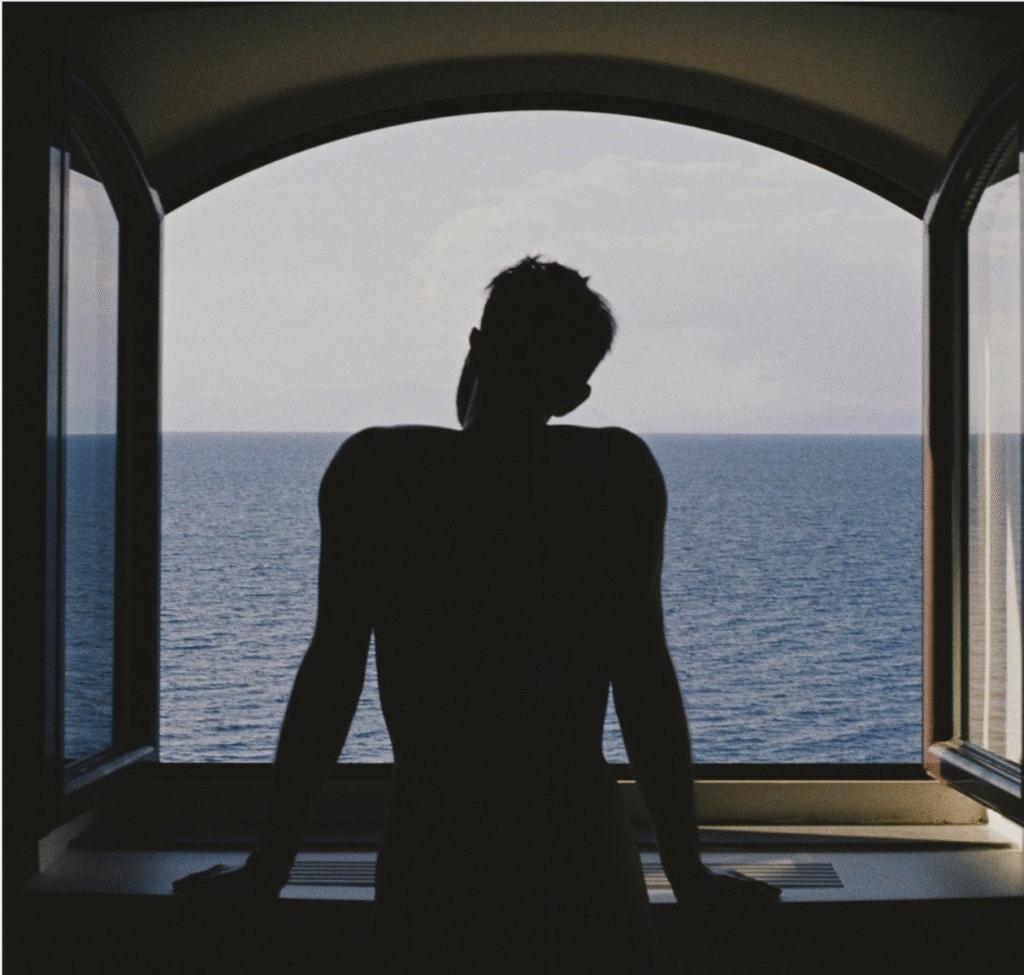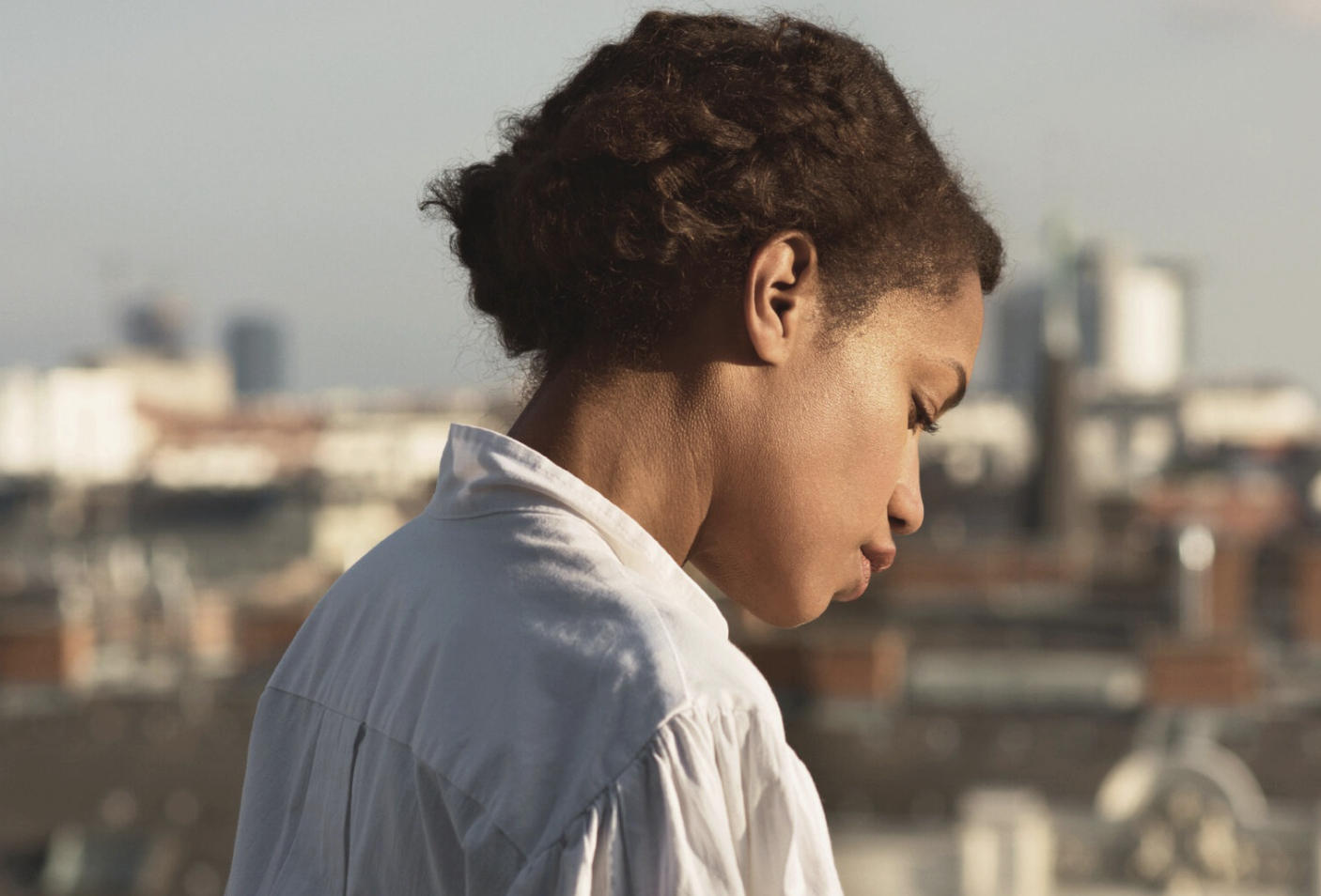Holiday SAD: Signs & Support
The holidays are supposed to be “the happiest time of the year,” yet many New Yorkers (and plenty of people elsewhere) notice a heavy, persistent dip in mood as daylight shrinks and routines get disrupted. That pattern has a clinical name: seasonal affective disorder (SAD)—more precisely, major depressive disorder with seasonal pattern.
While “SAD” is widely used, clinicians diagnose the seasonal specifier of depression. Knowing the difference matters, because evidence-based care for SAD looks slightly different from standard depression care and the timing is crucial (late fall through early spring).
This guide explains what SAD is (and isn’t), how it compares with non-seasonal depression, the signs to look for during the holidays, and the treatments with the strongest support—light therapy, CBT-SAD, movement, sleep regulation, and cautious use of vitamin D. You’ll also learn when to seek help and how to avoid the risks of self-diagnosis.
What Clinicians Mean by “MDD With Seasonal Pattern”
When professionals talk about SAD, they are describing major depressive disorder (MDD) with seasonal pattern (DSM-5-TR) (Munir, 2024). That specifier means:
- Depressive episodes reliably begin in a specific season (often late fall/early winter) and remit in another (often spring).
- The pattern has occurred for at least two consecutive years with no non-seasonal episodes during the same time span.
- Seasonal episodes outnumber non-seasonal ones across the person’s lifetime.
In everyday language, SAD is a recurrent form of depression linked to seasonal changes—especially reduced daylight and circadian rhythm shifts. People can also experience a spring/summer pattern (less common), which can involve agitation, reduced sleep, and appetite loss rather than the winter profile of low energy and increased sleep/appetite.
How Holiday Stress Interacts With SAD
December brings additional stressors that can intensify SAD:
- Budget strain & gifting pressure: Higher spending, travel, and social expectations add financial stress that can fuel hopelessness.
- Commute and weather: Short days mean commuting both to and from work in the dark; bad weather reduces outdoor activity.
- Routine disruption: Parties, travel, and end-of-year deadlines destabilize the sleep/wake schedule that helps protect mood.
- Social comparison: “Holiday highlight reels” on social media can magnify feelings of isolation.
If you notice a predictable dip every winter that becomes more pronounced in December, treat that pattern as a clinical clue—not a character flaw.
Symptoms: SAD vs. Non-Seasonal Depression
Both conditions share core depressive symptoms (low mood, loss of interest, impaired concentration, feelings of worthlessness, thoughts of death). SAD tends to show a “winter signature”:
Common in winter-pattern SAD
- Low energy and hypersomnia (sleeping more, yet not feeling restored)
- Increased appetite, carbohydrate cravings, and weight gain
- Heaviness in the limbs (“leaden” feeling)
- Social withdrawal (“hibernating”)
- Slowed thinking and actions
Common in non-seasonal MDD (varies)
- Insomnia or markedly reduced sleep
- Appetite loss and weight loss (though the reverse can occur)
- Persistent depressed mood not tied to daylight changes
- Symptoms present year-round, often in episodes unrelated to season
Quick rule of thumb: if symptoms predictably begin as daylight wanes and ease in spring—especially with sleepiness, carb cravings, and low energy—SAD is worth evaluating.
Self-Check: Holiday Signs That Deserve Attention
Use these as discussion prompts with a clinician—not a DIY diagnosis.
- For the past two+ winters, did you experience a clear mood drop that improved in spring?
- Are you sleeping more than usual yet still fatigued?
- Are you craving carbs/sweets and gaining weight each winter?
- Is your motivation collapsing after work because it’s dark outside?
- Do you feel “stuck in molasses,” avoiding social plans you normally enjoy?
- Have end-of-year obligations (deadlines, travel, family tension) amplified these symptoms?
If several resonate, schedule a professional evaluation—especially if you notice hopelessness or any thoughts of self-harm.
What Helps: Evidence-Based Treatments
1) Bright Light Therapy (BLT)
Bright light therapy is a first-line treatment for SAD. It aims to shift and stabilize circadian rhythms and boost alertness.
- Device: 10,000-lux light box designed for therapeutic use (UV-filtered).
- Timing: Typically morning, soon after waking, when circadian systems are most responsive.
- Dose: ~20–30 minutes at the recommended distance (varies by device).
- Consistency: Daily use through winter; many people begin in early fall as a preventive step. Meta-analytic evidence supports BLT’s efficacy in SAD (Pjrek et al., 2020).
Safety notes: Do not use tanning beds; discuss eye conditions, bipolar spectrum risk, or medications that increase light sensitivity with a clinician. Improper use (too late in the day, overuse) can disturb sleep or provoke agitation.
Holiday tip: Treat your BLT session like brushing your teeth—same time, same chair, coffee/tea allowed. Consistency beats intensity.
2) Cognitive Behavioral Therapy for SAD (CBT-SAD)
CBT-SAD combines standard CBT skills (challenging negative thoughts, scheduling rewarding activities) with strategies tailored to the season:
- Behavioral activation winter-proofed: pre-plan energizing activities that are realistic in cold/dark months (indoor workouts, museum walks, friend “light lunches” near a window).
- Thought work: reframe winter-specific beliefs (“I can’t function in winter,” “The holidays have to be perfect”) that drive avoidance and guilt.
- Relapse prevention: build a September plan (light box setup, sleep routine, appointments) before symptoms surge.
In head-to-head trials, CBT-SAD shows lower recurrence one–two winters later than light therapy, making it a strong long-term strategy (Rohan et al., 2009; Rohan et al., 2016).
3) Movement You’ll Actually Do
Exercise won’t cure SAD, but it reliably improves energy and mood. The key is friction-free options:
- 10-minute rule: promise yourself 10 minutes—often you’ll keep going.
- Daylight bias: if possible, get outdoors during daylight for a brisk walk, even if brief.
- Pairing: combine with something you enjoy (podcast, friend call).
- Strength + steady-state: two short strength sessions and three brisk walks per week is a practical winter baseline.
4) Sleep & Circadian Hygiene
Because circadian misalignment fuels SAD, sleep structure is treatment:
- Fixed wake time (even on weekends) anchors your body clock.
- Morning light, evening dim: bright light shortly after waking; dim screens and overhead lighting 2–3 hours before bed.
- Caffeine cutoff ~8 hours before bedtime; alcohol disrupts REM and mood.
- Wind-down ritual: 30–45 minutes of low-stimulus routine signals “sleep is coming.”
If you’re still dragging after 9+ hours in bed, discuss hypersomnia and potential sleep disorders with a clinician.
5) Vitamin D: Help, Not Hype
Vitamin D deficiency is common in northern winters, and low levels correlate with depressive symptoms. However, supplements are not a standalone treatment for SAD. The pragmatic approach:
- Ask your clinician about testing if you have risk factors or prolonged indoor living.
- If low, supplement to normalize levels—alongside light therapy, CBT-SAD, and sleep measures.
- Avoid high-dose self-experiments; more is not better and can be unsafe. Evidence for vitamin D in SAD is mixed (Jahan-Mihan et al., 2024).
NYC-Specific Strategies for the Holidays
- Financial mindfulness: The holidays create pressure to spend, and financial strain can deepen SAD. Set a realistic budget, choose gifts or experiences that fit it, and honor the boundary. Presence over presents.
- Commute edits: If possible, shift one or two in-office days earlier so you can catch mid-afternoon daylight on the return. Consider a 15-minute “sun break” near a window around lunch.
- Micro-rituals of daylight: Book meetings in rooms with windows; work near the brightest area of your home; open blinds fully by 8 a.m.
- Choose meaning over obligation: NYC offers everything—that doesn’t mean you must do everything. Say yes to events that offer connection; skip ones that add nothing but stress.
- Social media boundaries: Limit “holiday highlight reel” scrolling; curate for warmth (friends you actually see, accounts that make you laugh).
- Local nudge: On clear days, take a quick lap on the High Line or a brisk walk around Bryant Park at lunch for natural light.
Risks of Self-Diagnosis
Googling SAD and buying a light box isn’t the same as getting care. Why it’s risky to do this solo:
- Bipolar spectrum: Light therapy can trigger hypomania/mania in susceptible people if not timed/monitored correctly.
- Medical contributors: Thyroid issues, anemia, sleep apnea, and certain medications can mimic or worsen depressive symptoms.
- Missed conditions: Anxiety disorders, grief, or ADHD-related burnout can masquerade as “winter blues” but need tailored plans.
- Suicide risk: Any thoughts of self-harm require immediate, professional attention.
Bottom line: use this guide to spot patterns and start a conversation with a licensed professional.
Putting It Together: A One-Page Winter Plan
- Screening & consult in early fall (or now).
- Set up BLT: 10,000-lux, morning use, 20–30 minutes, daily.
- CBT-SAD skills: schedule weekly activities, reframe winter-specific thoughts, and draft a relapse plan for next year.
- Sleep anchor: fixed wake time; morning light; evening wind-down.
- Movement: 10-minute walks + two brief strength sessions.
- Labs as needed: discuss vitamin D with your clinician.
- Holiday boundaries: budget, calendar “no’s,” and social media limits.
- Follow-up: track symptoms weekly; adjust with your clinician.
FAQ: Quick Answers for Busy People
Is “SAD” a real diagnosis?
Clinicians diagnose major depressive disorder with seasonal pattern. The public shorthand is SAD (Munir, 2024).
Do I need medication?
Some people benefit from antidepressants, either seasonally or year-round. Others do well with BLT and CBT-SAD. The right plan depends on your history and preferences.
How soon does light therapy help?
Many notice improvement in 1–2 weeks with consistent morning use (Pjrek et al., 2020).
Can I use a regular lamp?
No. You need a device designed for therapeutic use (10,000 lux, UV-filtered) and proper distance/timing.
What if my pattern is summer-based?
That exists, too. It often features agitation and reduced sleep. See a clinician for a tailored plan—BLT may not be appropriate for summer-pattern depression.

Ethical Note & Safety (polished)
If you’re in immediate crisis or thinking about self-harm, call 988 (U.S.) for the Suicide & Crisis Lifeline, or, in NYC, contact NYC Well at 1-888-NYC-WELL, text WELL to 65173, or chat via nycwell.cityofnewyork.us.
Even well-researched content can’t replace a clinician who knows your history. If symptoms escalate (e.g., persistent hopelessness, inability to function at work, thoughts of self-harm), seek same-day medical care or go to the nearest emergency department.
Safety tips while you arrange care:
- Tell a trusted person where you are and how you’re feeling.
- Remove or secure potential means of harm.
- Use grounding basics: slow breathing (4–6 seconds in/out), hydrate, step outside for light and movement if it’s safe.
If you’re supporting someone else: stay with them, listen without arguing or minimizing, and help them contact 988/NYC Well or their clinician.
Ready for support?
You’re not “bad at winter”; your biology is reacting to less light—and there are treatments that work. Book a consultation at SESSIONS to start with a focused clinical intake and leave with a practical winter plan (CBT for SAD, light-therapy guidance, sleep and boundary routines, and medication consultation when appropriate).
